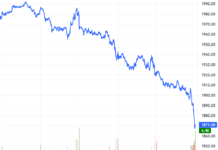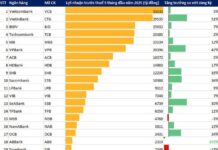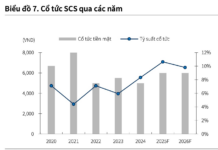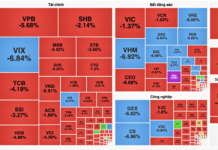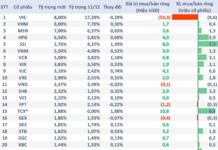Bitcoin reached a high of 100,279.12 USD, according to data from Coin Metrics, before slightly retracing to 99,967 USD, representing a 4.6% gain from the previous day.
This is a significant milestone for long-term Bitcoin investors who have weathered numerous boom-and-bust cycles, even as governments and financial institutions remained skeptical, if not hostile, towards this asset class.

Bitcoin was born in 2008 with a revolutionary idea of a financial system independent of traditional institutions. In the Bitcoin whitepaper, the anonymous founder, Satoshi Nakamoto, proposed an entirely new monetary system: a decentralized payment network without the need for central banks or financial intermediaries.
In 2024, Bitcoin gained further acceptance as financial institutions like BlackRock, Fidelity, and Invesco launched spot Bitcoin ETFs, with experts likening the event to an “IPO” moment for Bitcoin. Notably, Charles Schwab, one of the largest brokerage firms in the US, is preparing to enter the spot crypto trading market.
“We’re seeing a paradigm shift. After four years in political hell, Bitcoin and the entire digital asset ecosystem are on the cusp of entering the mainstream financial arena,” said Mike Novogratz, CEO of Galaxy Digital, in an interview with CNBC.
Despite expectations of reaching the 100,000 USD mark after the US presidential election, investor optimism propelled Bitcoin closer to this milestone earlier than anticipated, with a price of 99,850 USD on November 22. The incoming administration’s crypto-friendly policies, including establishing a strategic national Bitcoin reserve and fostering a supportive environment for the crypto market, have fueled these hopes.
“Long-term, I’m optimistic,” Novogratz emphasized. “It won’t go up in a straight line, and investors should always consider taking profits. But with a crypto-friendly administration about to take office in the US, it’s hard for the rest of the world not to take notice.”

